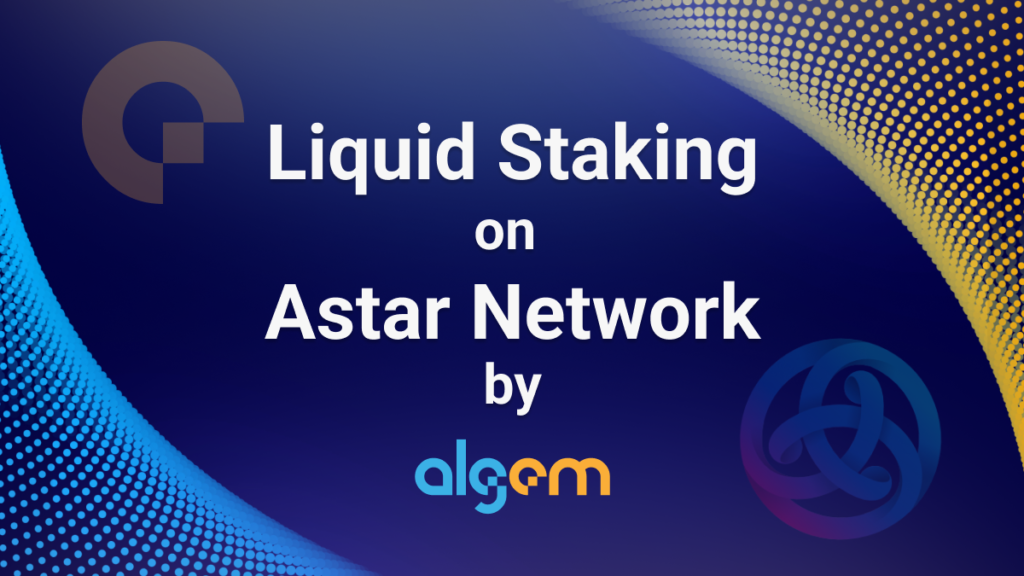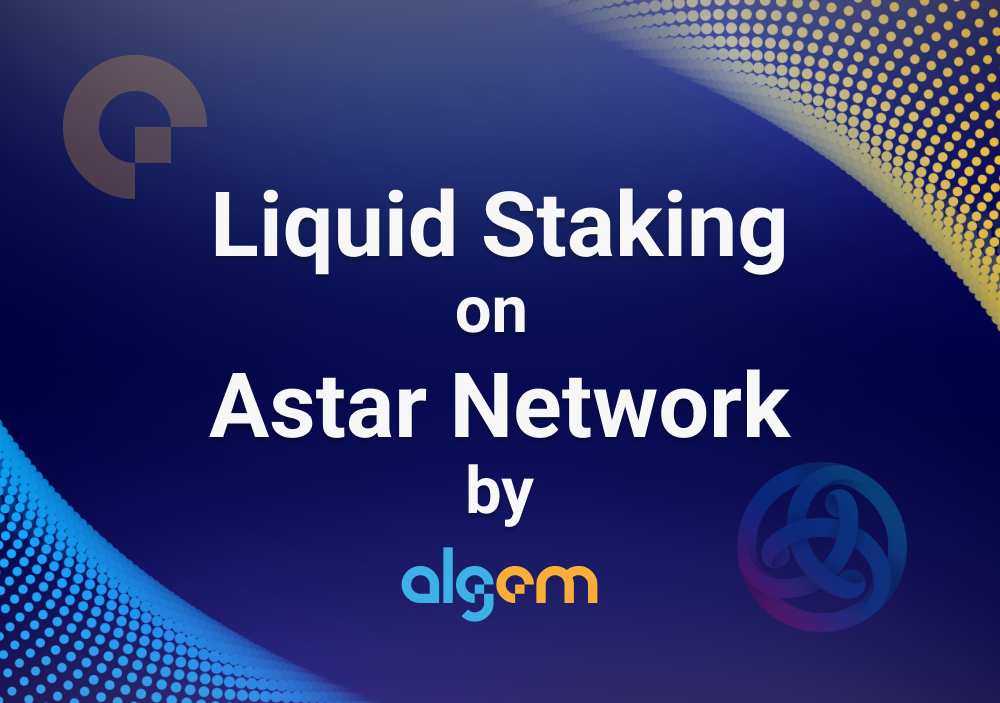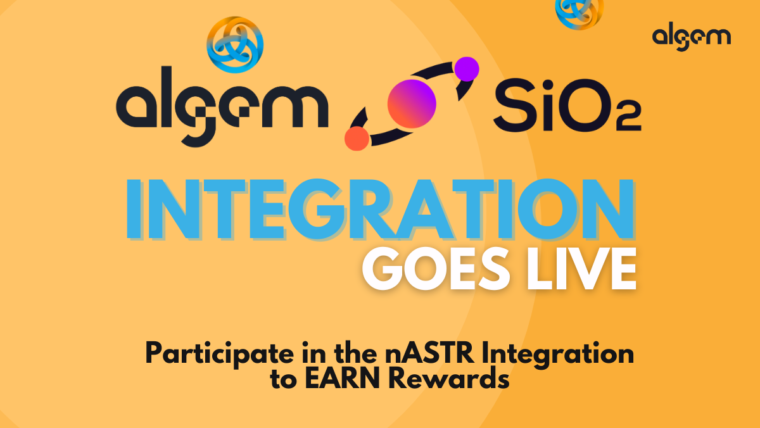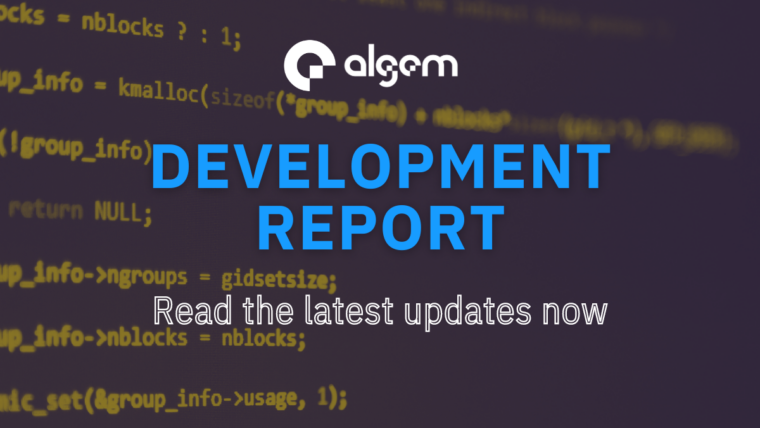
Cryptocurrency users and investors are always looking for ways to enhance their portfolios. Trading, blockchain gaming, and NFTs are some of the ways they try to build their portfolios.
Staking is a common trend in the crypto space to improve a portfolio. It appeals because of the opportunities it gives people a source of passive income on their tokens. However, conventional staking involves locking up tokens for some time.
Then, token holders nominate their tokens to validators on a blockchain that supports staking and receiving rewards. Staked tokens are engaged in securing and verifying transactions on the network. This mechanism is described as “proof of stake.” and is used by chains such as Astar Network, Polkadot, Kusama, Cosmos, and others. The unbonding of staked tokens takes long before you claim the tokens.
On Astar Network, it takes approximately 10 days, 28 days on Polkadot, 21 days on Cosmos, and 7 days on Kusama. The unbonding period and inability to use staked tokens are some of the problems of conventional staking. Various iterations of staking exist:
- Exchange staking: This staking is done precisely like conventional staking. Only the tokens to be staked are held on an exchange, and the users allow the exchange to stake the tokens to receive rewards. Staking on an exchange yields fewer benefits than other forms and is centralized.
- dApp staking, as seen on Astar, is a form that rewards developers building apps on the Astar network. Token holders nominate tokens to dApps rather than validators, with the dApp staking the tokens. The rewards are shared between the dApp builders and nominators, motivating developers to build better dApps. dApp staking, like conventional staking, has a period of unbonding of staked tokens. It takes 10 ERAs, which is approximately 10 days to unbond staked tokens on Astar. This long unbonding period and the inability to access the staked tokens to pursue other opportunities are some of the problems with conventional staking and dApp staking. Assets staked aren’t liquid and cannot be used to generate more yields on other platforms.
- Liquid staking solves the problem of liquidity of assets and long unbonding time. With liquid staking, when assets are locked, a new asset, which is 1:1 with the locked asset, is minted and sent to the user’s wallet. The minted asset represents the staked asset in value, and as long as it’s held, it will continue to accumulate rewards proportional to the APR on the platform on which it is staked. Users can use the newly minted assets to participate in Defi to generate more dividends. They can exchange minted assets on a decentralized exchange like any other cryptocurrency in case of immediate need for liquidity. They will stop receiving rewards as soon as the tokens are exchanged. We can claim the accumulated rewards at any point.
Liquid staking no doubt has more advantages than regular staking. The flexibility presents assets that are liquid and can be used in cases of emergencies or new opportunities and also the ability to increase earnings.
Liquid Staking on Algem
Algem offers liquid staking for Astar token holders. Users can deposit their $ASTR tokens on the Algem platform and receive $nASTR, which is pegged to the Astar token. The $nASTR tokens can be used in various Defi applications such as Sirius Finance and Kagla to earn more yield while simultaneously earning the APR on Algem through the staked Astar tokens. It usually takes ten days to unstake tokens staked on Astar, but $nASTR can be exchanged on a Dex like Sirius Finance as you would exchange any other token.
Platforms where you can use $nASTR
- Sirius Finance is the first stablecoin automated market maker infrastructure on the Astar network. Algem users can add the pair $nASTR-$ASTR to the liquidity pool on Sirius finance and then farm with this pair to be rewarded with $SRS tokens. With sufficient liquidity for the $nASTR-$ASTR present, users can easily swap between $nASTR and $ASTR on Sirius Finance. Remember that exchanging $nASTR for $ASTR means you won’t receive any more rewards on Algem, and trading 50% of your $nASTR for $ASTR means you’ll only receive half the rewards you would get typically receive on Algem.
- Kagla Finance: Kagla is an AMM and stable swap protocol on the Astar network. Algem users can swap $nASTR to $ASTR or any stablecoins supported on Kagla. You can pool $nASTR-$ASTR as well and stake the LP to earn rewards.
- Starlay Finance: Starlay is a non-custodian lending protocol on Astar Network. $nASTR will be available in September on Starlay to be used as collateral for borrowing.
- SiO2 Finance: SiO2 finance is a multi-virtual-machine lending hub on the Astar network. $nASTR will be available on SiO2 finance in September to be used as collateral to borrow assets.
- Arthswap is the number one Defi suite on the Astar network. $nASTR will be supported on the Arthswap exchange and farms. $nASTR will be launching in September on Arthswap.
If you are a holder of Astar tokens and usually stake in a dApp, Algem offers you the opportunity to do much more with your tokens. Check us out today.
About Algem
Algem is a dApp built on Astar Network and offers two main features: liquid staking and liquid lending. As the name implies, these two solutions enable ASTR holders to remain liquid with their assets while putting them to work. In addition, the liquid staking and lending solutions allow users to accumulate staking rewards and increase their earnings using Algem’s liquid nASTR tokens across Astar’s Defi ecosystem. In doing so, Algem supports other Defi protocols by providing liquidity and creating a sustainable and cooperative ecosystem on Astar Network and Polkadot.







How we had been making Algemantis Nautilus Pass NFT
Everything You Need To Know About Liquid Staking On Astar Network
Partnership with Sirius Finance
Introduction in Algem